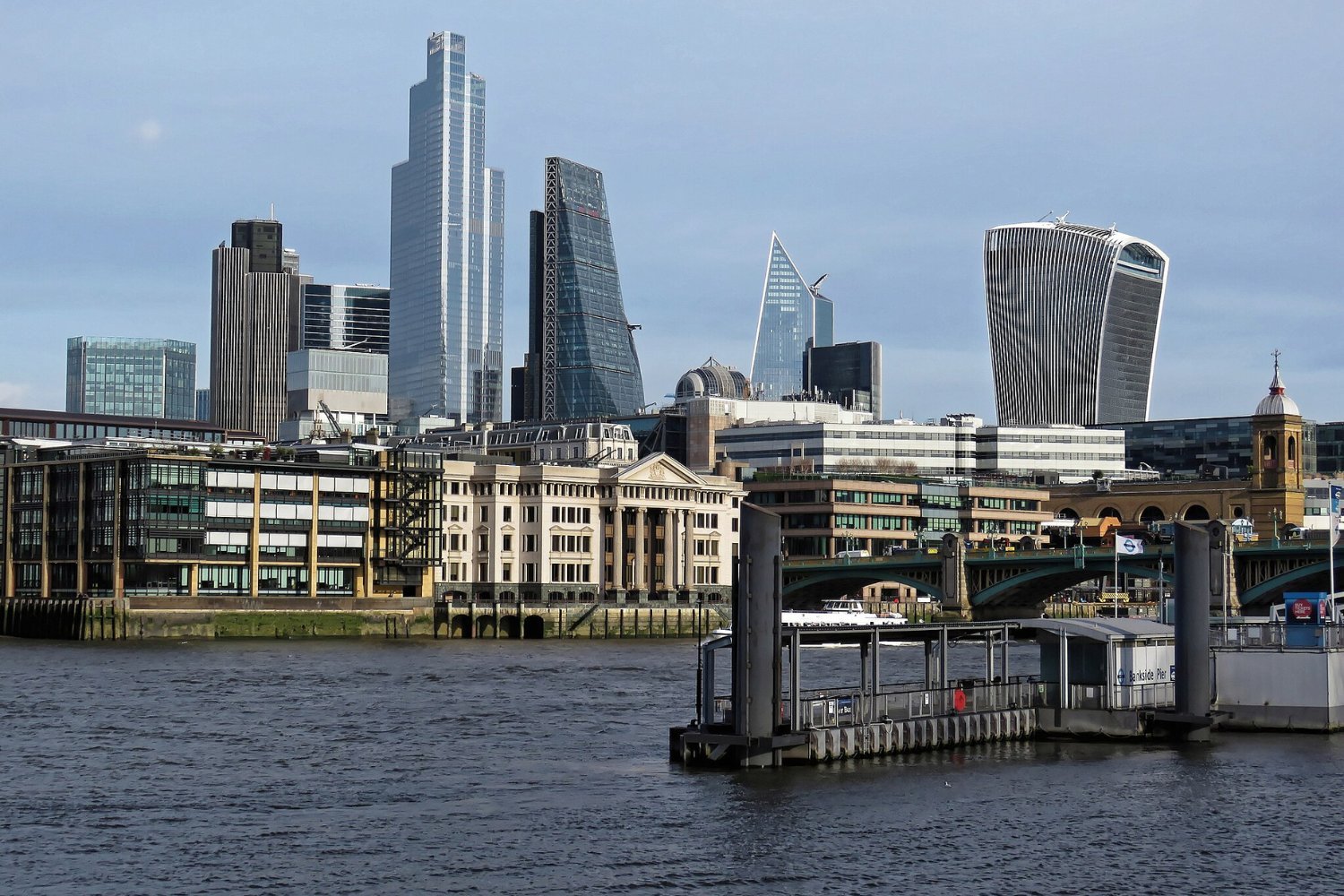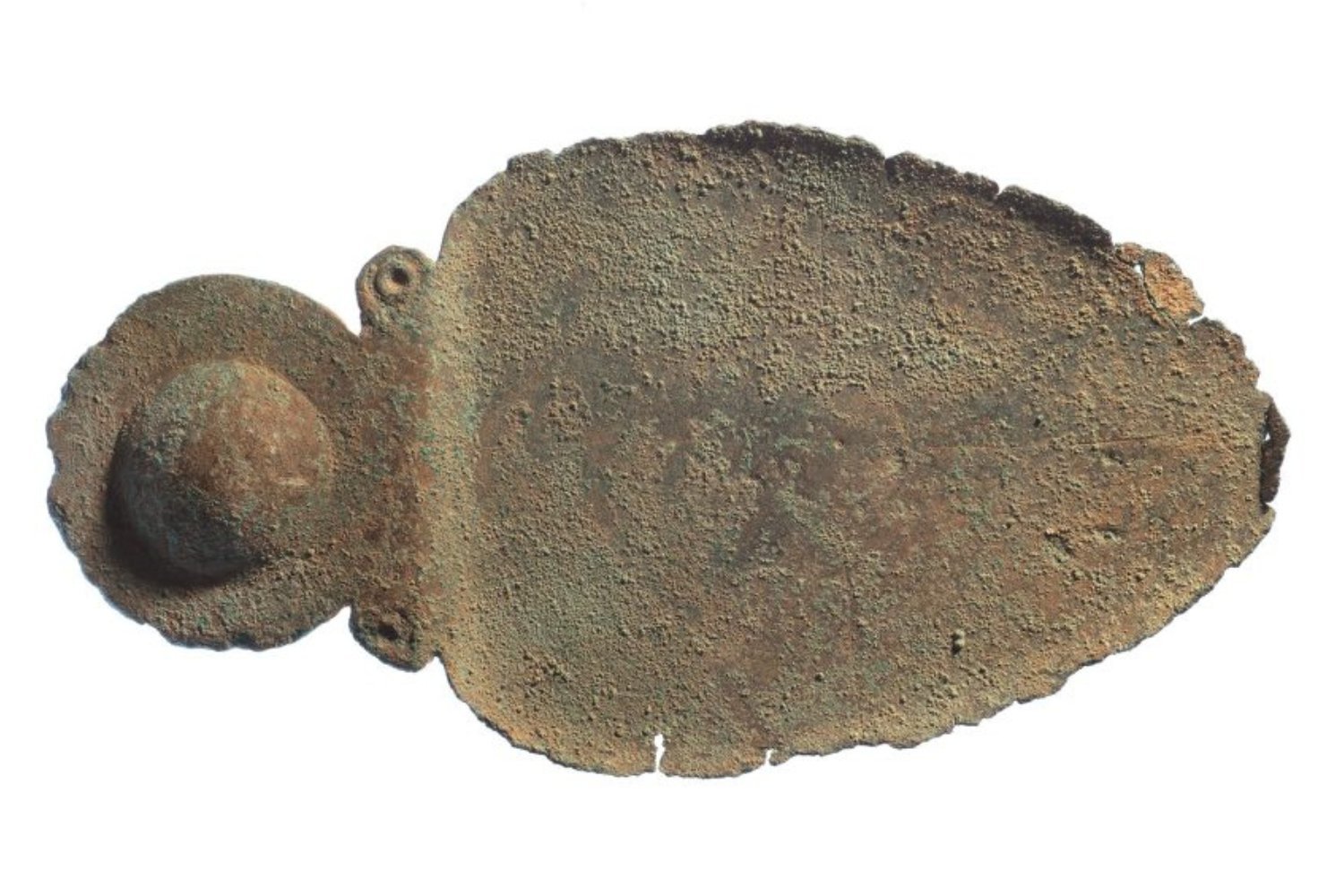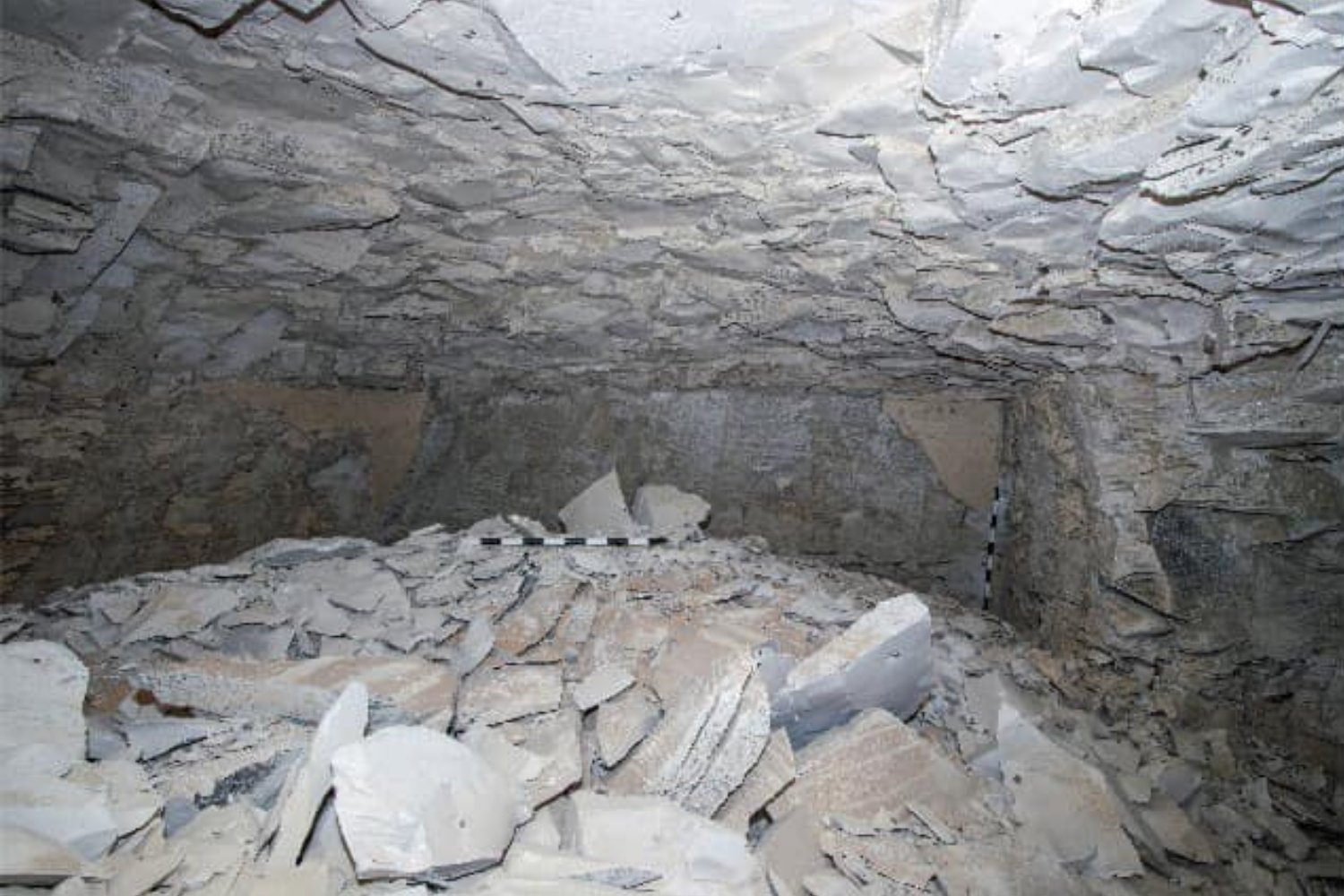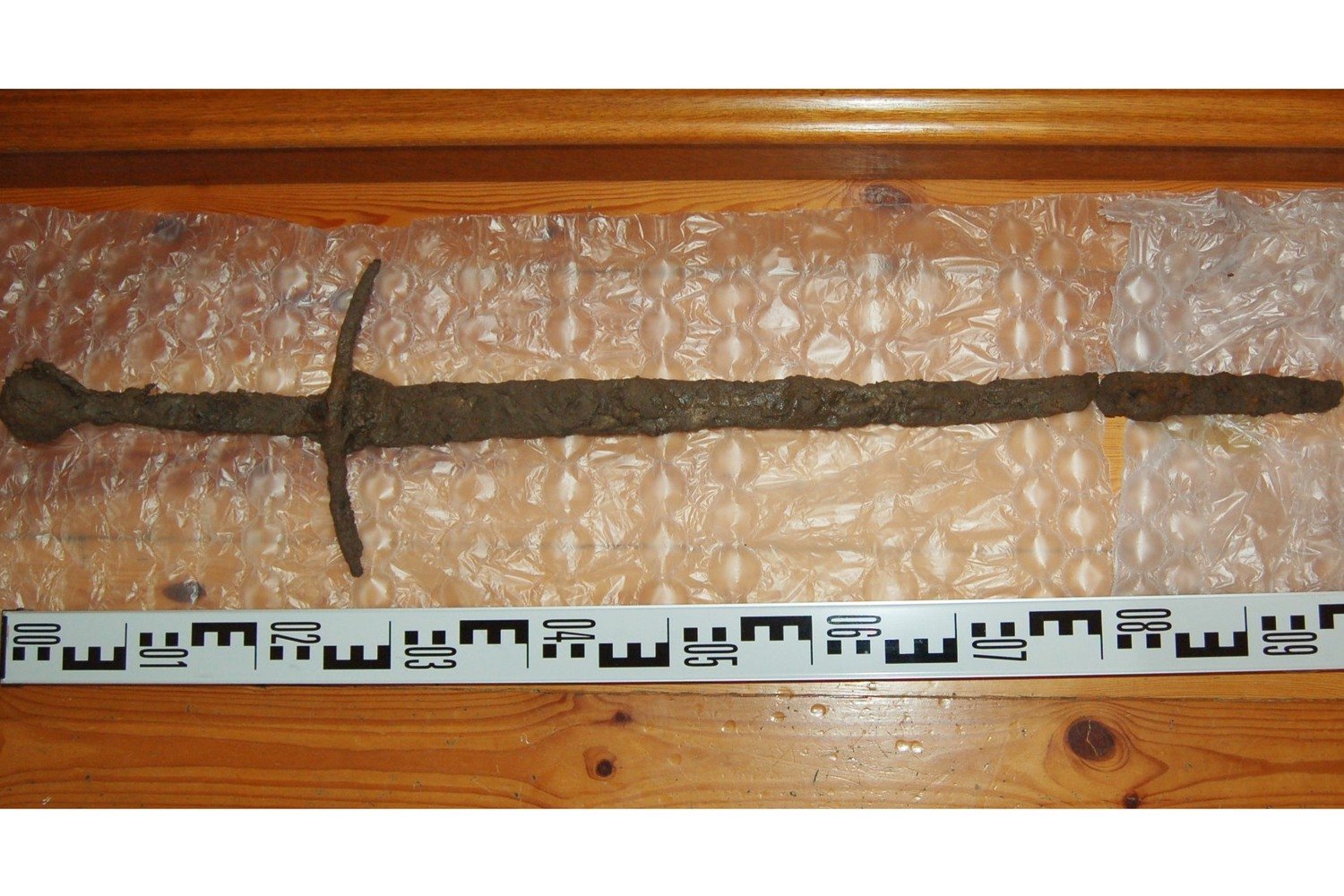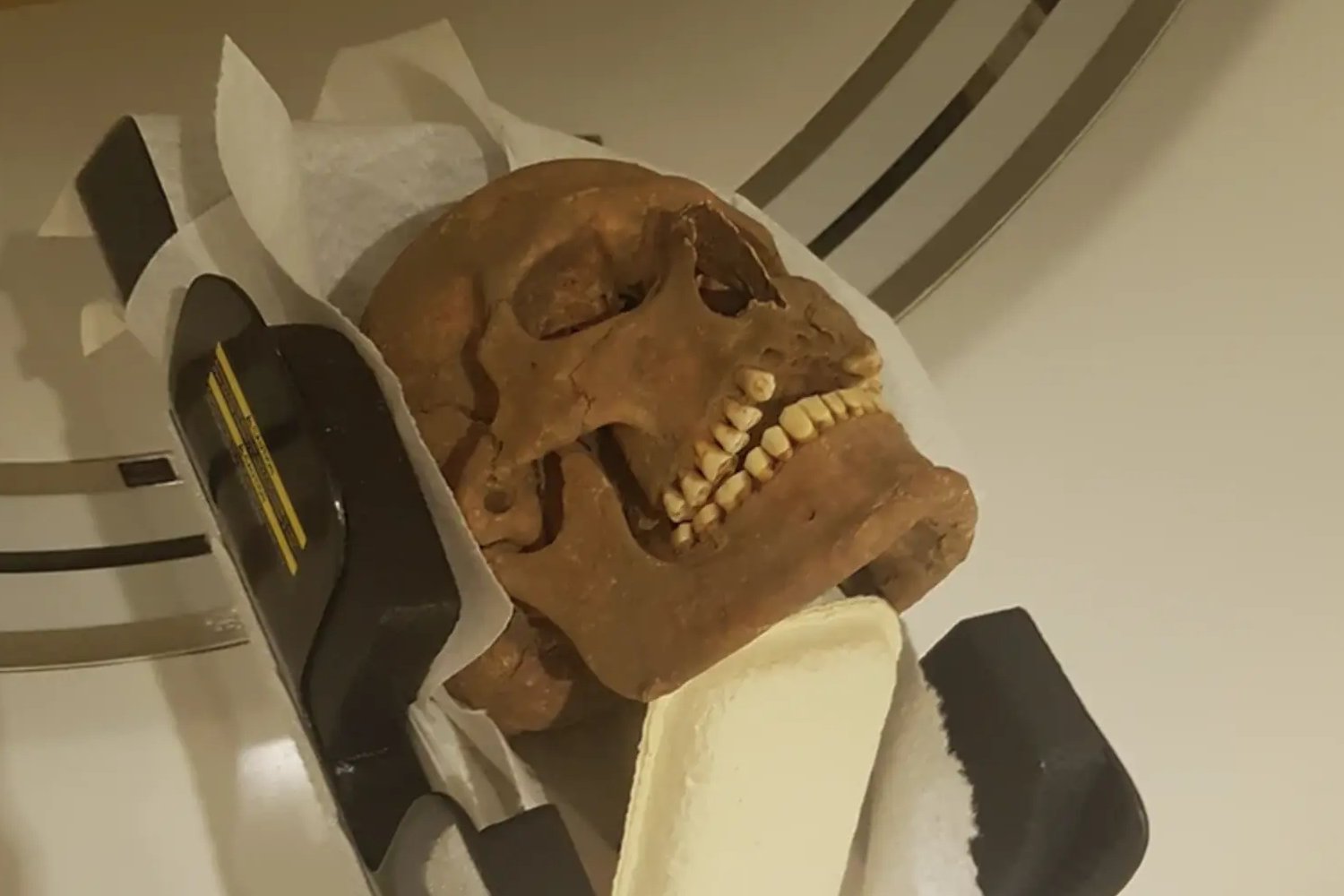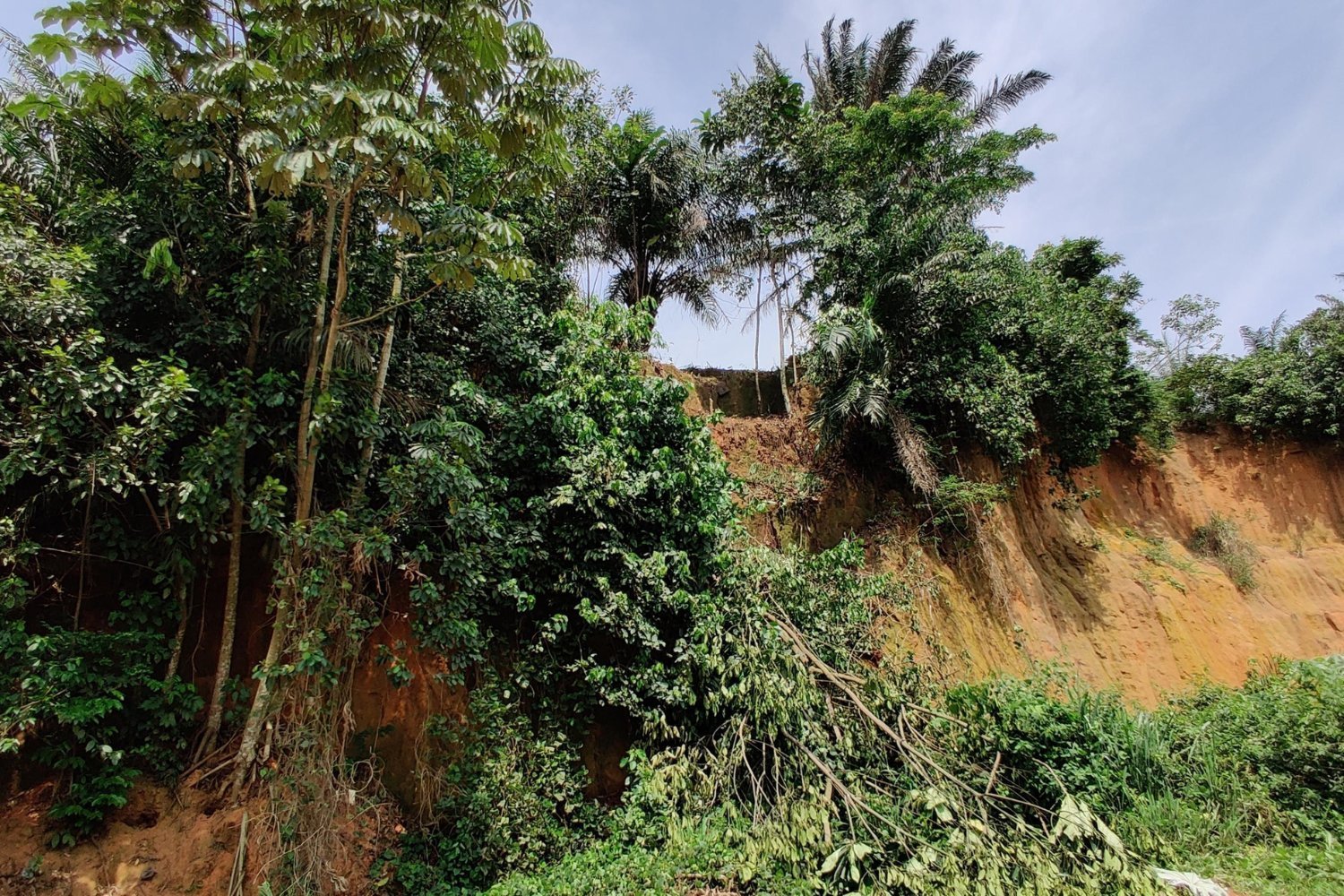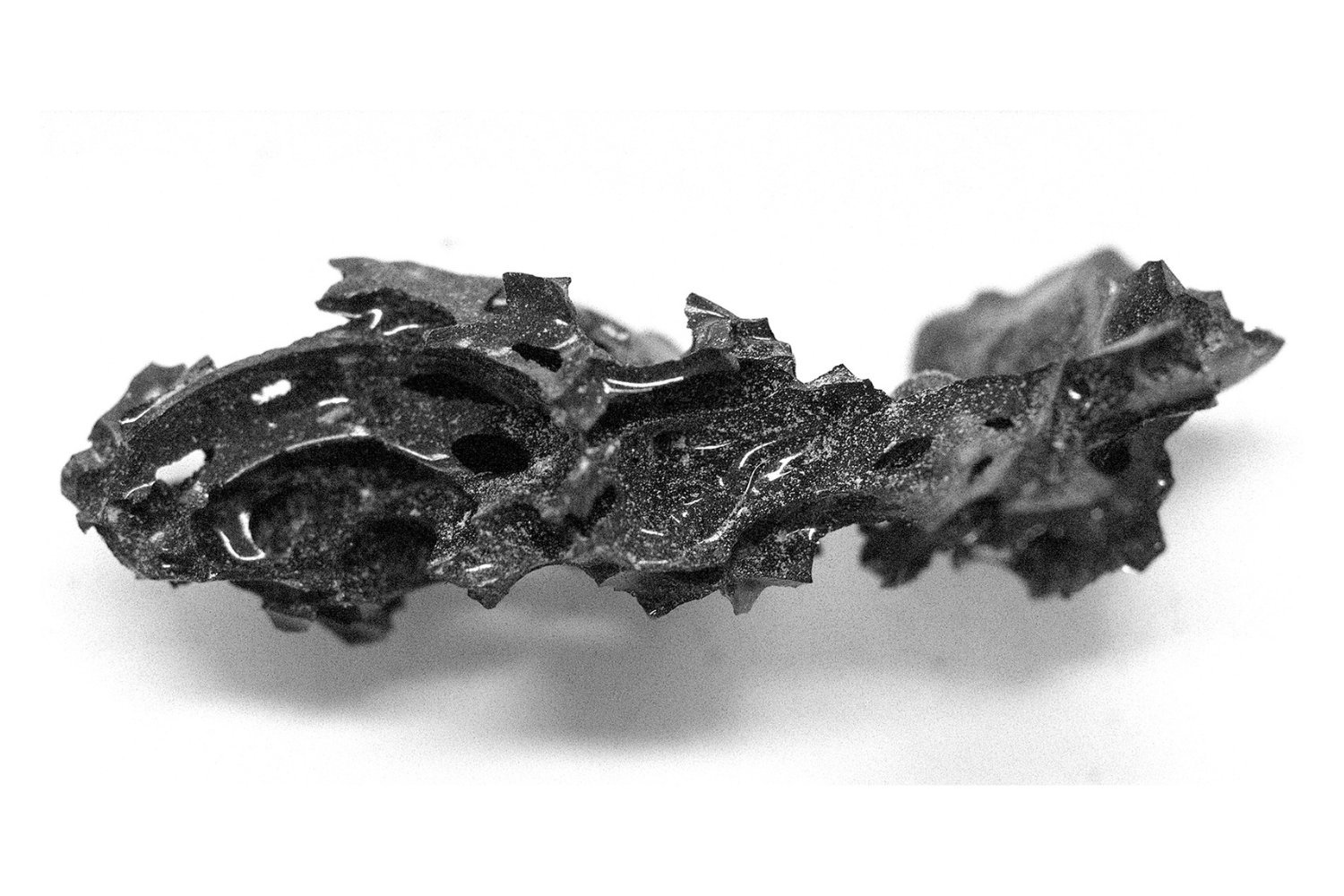The River Thames, flowing through the heart of London, holds secrets far older than the city itself. Hundreds of human bones recovered from its murky depths over the past two centuries tell a story stretching back millennia, with a significant number originating from prehistoric times. New research sheds light on these ancient remains, revealing potential ritualistic practices dating back to the Bronze and Iron Ages.
A recent study examined the remains of 61 individuals retrieved from the Thames. Using radiocarbon dating, researchers confirmed that the majority of these bones date back to the Bronze and Iron Ages, spanning a period from approximately 2300 BCE to 43 CE. This concentration of remains suggests a deliberate practice of depositing bodies in the river during this specific timeframe. Nichola Arthur, a curator at the Natural History Museum in London and co-author of the study published in Antiquity, explained to Live Science that this pattern indicates a significant cultural phenomenon during these periods, rather than a gradual accumulation of accidental deaths.
The researchers combined their new radiocarbon dating data with existing records, creating a timeline spanning almost 6,000 years, from 4000 BCE to 1800 CE. This comprehensive analysis confirmed the previously observed prevalence of Bronze and Iron Age remains. Interestingly, a noticeable gap in the timeline, between roughly 300 and 600 CE, may correlate with a decline in the London area’s population following the Roman period and preceding the establishment of the Saxon trading port of Lundenwic. This observation provides further context for understanding the population dynamics of the region throughout history.
The team considered the possibility that the remains entered the river through the erosion of riverside burials. However, the lack of archaeological evidence for such burial sites in the studied areas led them to dismiss this theory. Instead, they propose that the deposition of bodies in the Thames during the Bronze and Iron Ages could be linked to wider ritualistic “watery deposition practices” prevalent in northwestern Europe during that time. Existing records of material culture further support this hypothesis, indicating that the Thames likely held significant ritualistic importance.
The research offers a compelling glimpse into the ancient history of the Thames and its surrounding communities, highlighting the river’s role not just as a waterway, but also as a place of ritualistic significance. For those intrigued by these findings and tempted to explore the Thames’s archaeological potential, it’s essential to remember that exploration requires a permit, for which there is currently a waiting list. You can learn more about obtaining a permit on the Port of London Authority website.



